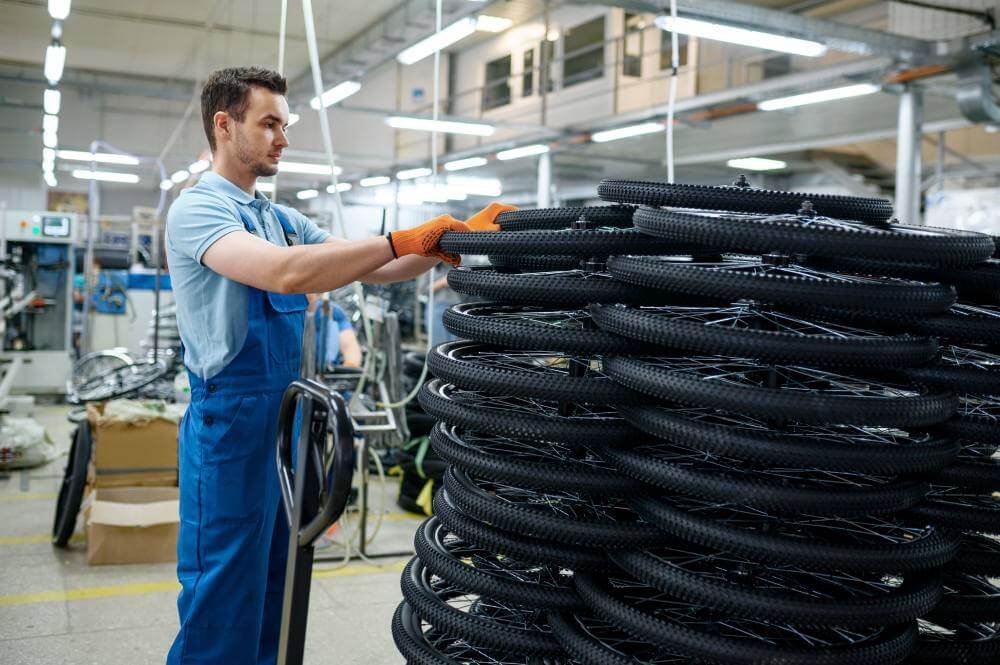We now turn to answer the question: how to reduce idle time in production? There are three primary ways you can achieve this goal to reduce inefficiency and streamline operations.
- Optimising Workflows
One of the most important ways to reduce idle time in manufacturing is to optimise your workflows. While this is easier said than done and requires an in-depth look and understanding of your asset portfolio and how it works, it is possible to achieve this aim. Optimising workflows starts with understanding your machinery.
It is about knowing who the manufacturer is, when machines need maintenance, what type of maintenance is required, how long the warranty is on the machine, what the expected life cycle is and what types of spare parts and other consumables are best for that piece of equipment. Once you have this information, you can start scheduling preventive maintenance, or preventative maintenance, to ensure that these machines do not break down unnecessarily.
- Training Employees
The second way to reduce idle time in production relates to training your employees. If you are using a computerised maintenance management system (CMMS), it’s important that your employees understand how and why this maintenance management software is used. For example, a CMMS system can help maintenance managers issue work orders to their technicians with attached instructions, diagrams, specifications, etc.
These work orders can be sent via smart notifications to tablets, smartwatches and smartphones. A technician needs to know how to access the information, carry out the work and then upload the work order completion documentation after the preventive maintenance task is completed. Training should take place from employees going through onboarding through to more experienced technicians.
- Implementing Tracking and Reporting Tools
We have already mentioned that calculating idle time is done differently from calculating downtime. We also mentioned that idle time is tracked and reported differently. For accurate reporting, you need the right tools and analytics so that you can make data-informed decisions.
With a CMMS at your fingertips, this process becomes much faster and more streamlined as the software can issue reports at the click of a button. Once you know how much idle time you are experiencing, you can take steps to reduce it. Having the right knowledge and tools at your disposal is an essential part of having a broader and deeper understanding of the inefficiencies in your production processes.
We have already mentioned that calculating idle time is done differently from calculating downtime. We also mentioned that idle time is tracked and reported differently. For accurate reporting, you need the right tools and analytics so that you can make data-informed decisions. Here are some CMMS example reports that can be useful.









